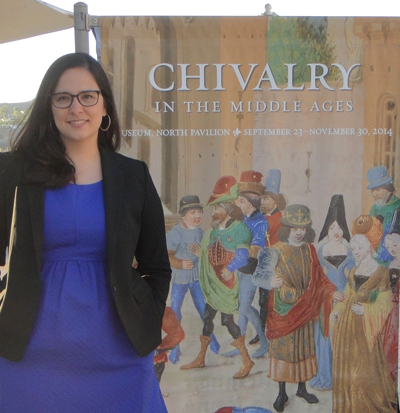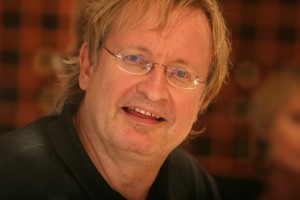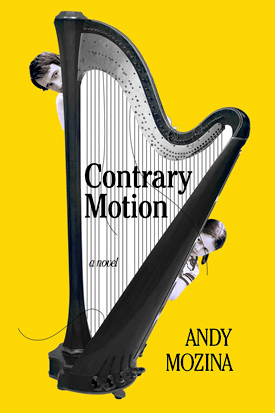
Answer this question, “What’s the best movie you ever saw?” and chances are your answer will be accurate for a slightly different question: “What’s the best movie you ever heard?”
Professor of Psychology Siu-Lan Tan, a leading figure in the psychology of film music and the editor of The Psychology of Music in Multimedia, has been involved in two recent projects exploring the critical role of musical scores (some say the “heartbeat,” others the “symphonic music of our day”) to the emotional impact of a film.
The most recent project is a film titled SCORE: A Film Music Documentary. Siu-Lan’s was one of some 60 live interviews compiled for the film, including conversations with the top living film composers in United States and the United Kingdom (Hans Zimmer, Danny Elfman, Randy Newman, Howard Shaw, Trent Reznor, Alexandre Desplat, among others), film directors like James Cameron, producers like Quincy Jones, and several film scholars.
Siu-Lan will appear in SCORE several times. In the meantime you can view a short trailer for the film.
A related project that occurred in late March was the panel discussion “Making Waves: Why Movies Move Us.” The conversation was sponsored by the New York University (NYU) Steinhardt School of Culture, Education, and Human Development, and in addition to Siu-Lan it featured Ronald Sadoff, chair of the NYU department of music and performing arts professions and director of film scoring at NYU Steinhardt; neuroscientist Stefan Koelsch, professor of biological psychology and music psychology at Freie University Berlin; and Professor Elizabeth Margulis, director of music cognition lab at the University Arkansas.
At the event Siu-Lan used movie clips from films including Indiana Jones, Gravity, and The Shining to explore why music is an essential component of how emotion is conveyed in film. The panel occurred at NYU’s Frederick Loewe Theatre.
Danny Kim prepared four short videos that were shown at the presentation. “One surprising highlight was when we played Danny’s last video,” said Siu-Lan, “an eight-minute collage of scenes and music from films. It was meant to play in the background as people left the theater, and we invited them to do so. But to our astonishment, the whole audience stayed and watched with rapt attention and applauded at the end!” That’s the surprising power of music.
Nor was it the only surprise of the evening. Alumnus Matthew Jong ’15 (currently a graduate student pursuing a degree in music business at NYU) showed up for the panel discussion. “I was delighted that Matt could come,” said Siu-Lan. “We were unable to connect in person, but he emailed me later to let me know he was there, and he wrote, ’Please tell ‘K’ I miss it for me!’”













